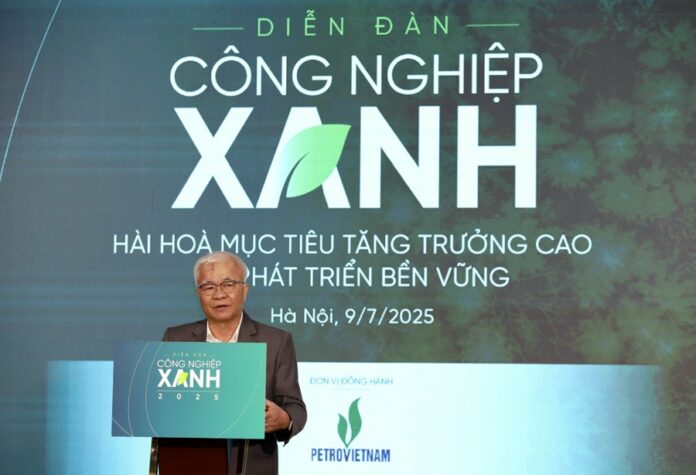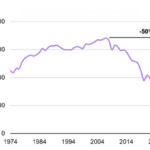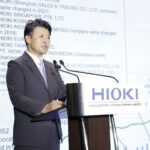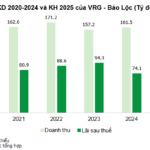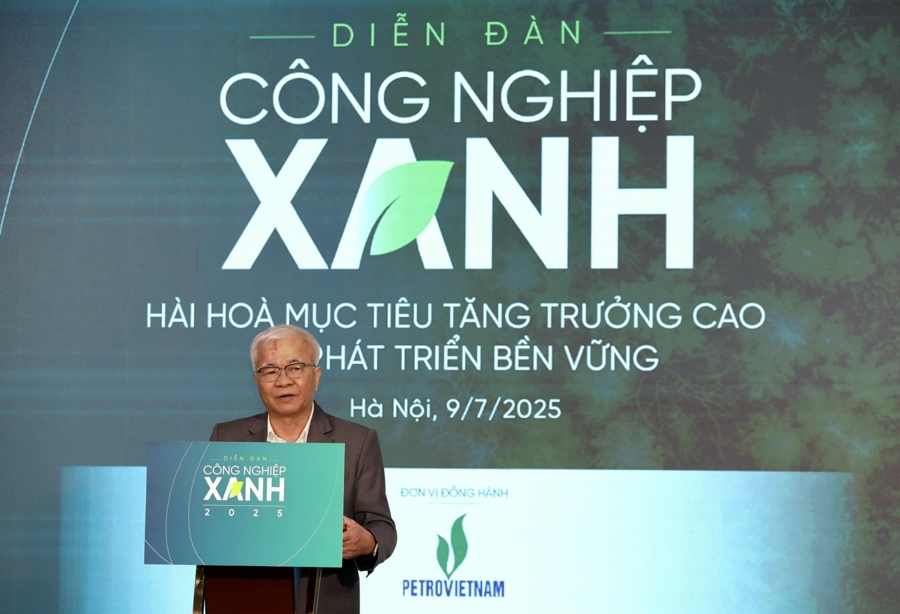
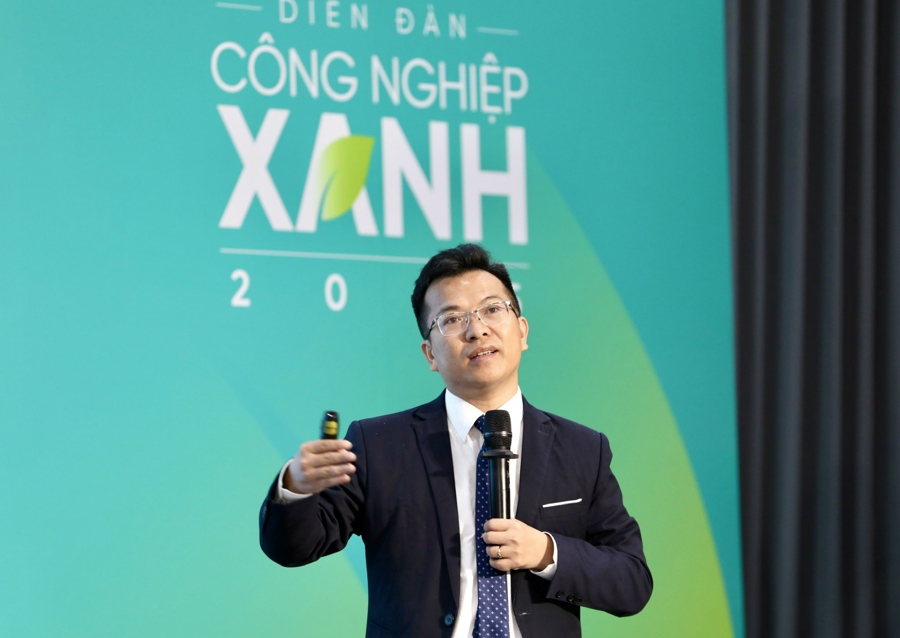
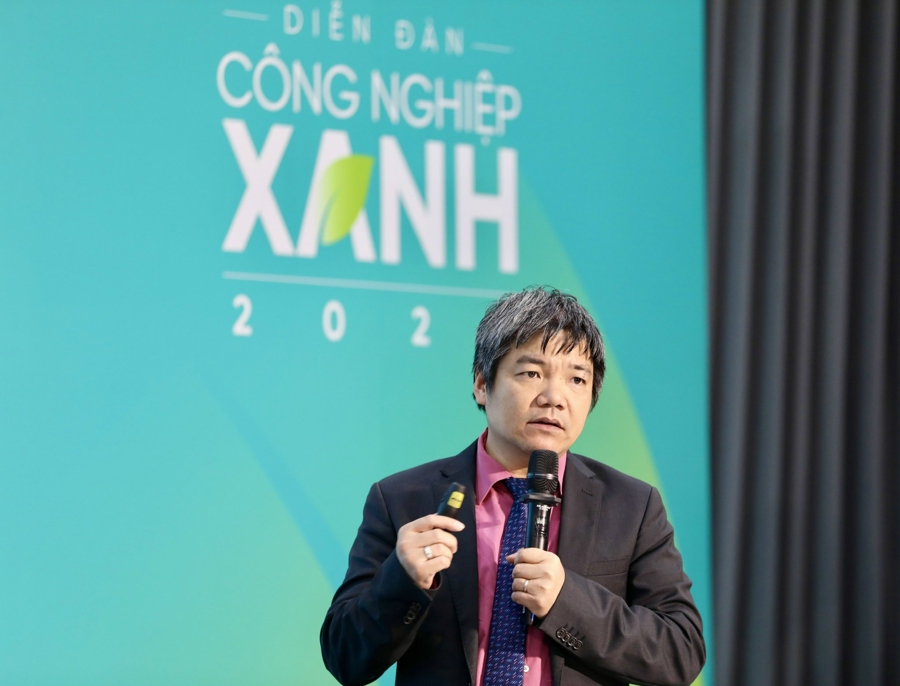

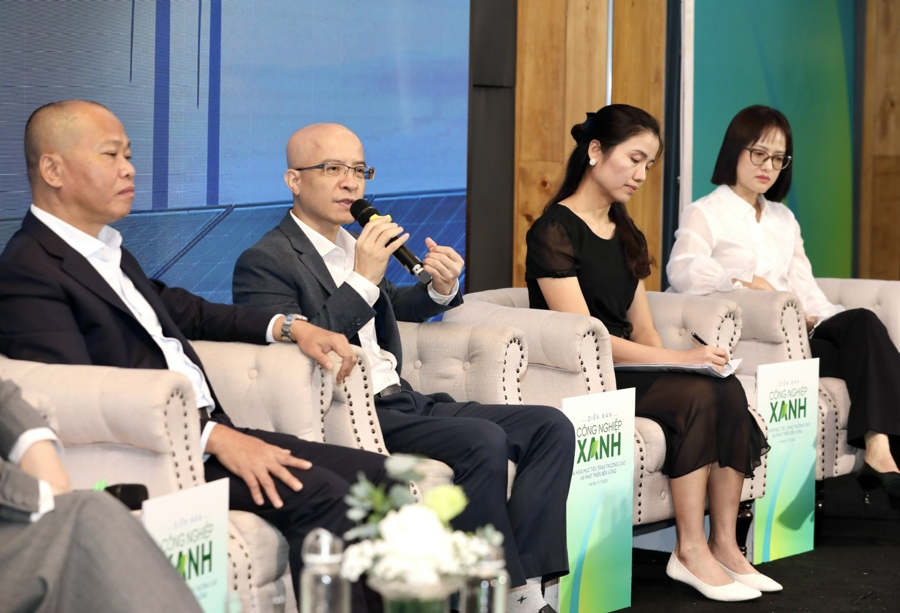
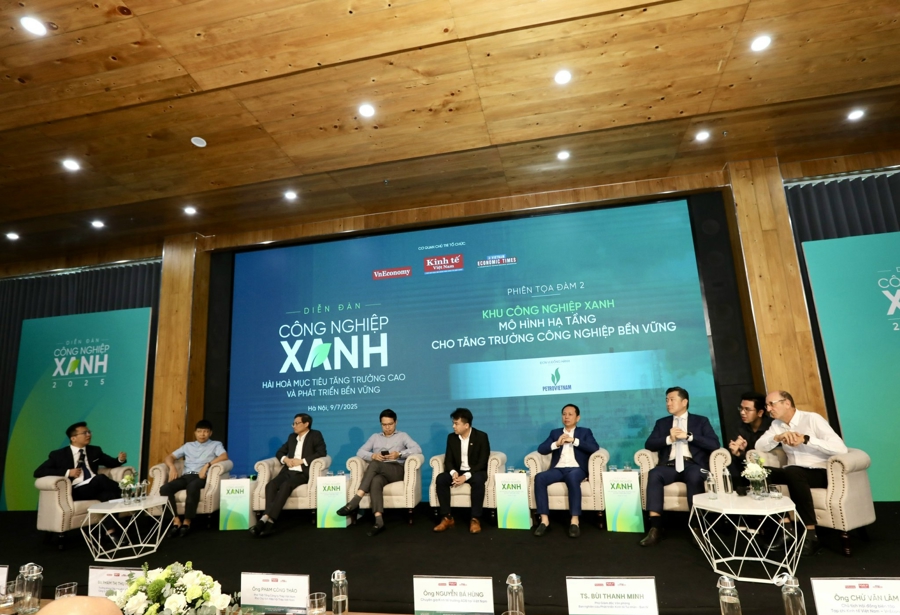
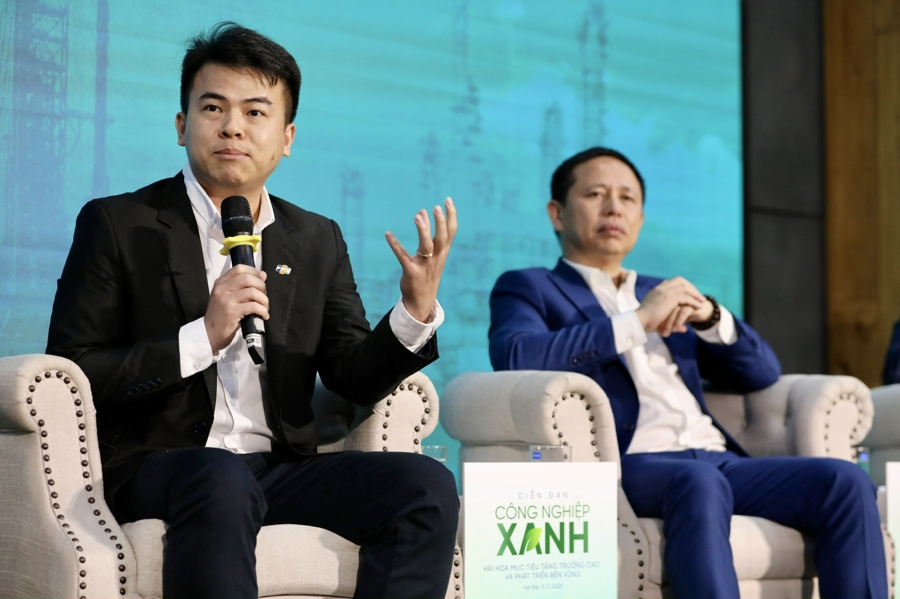
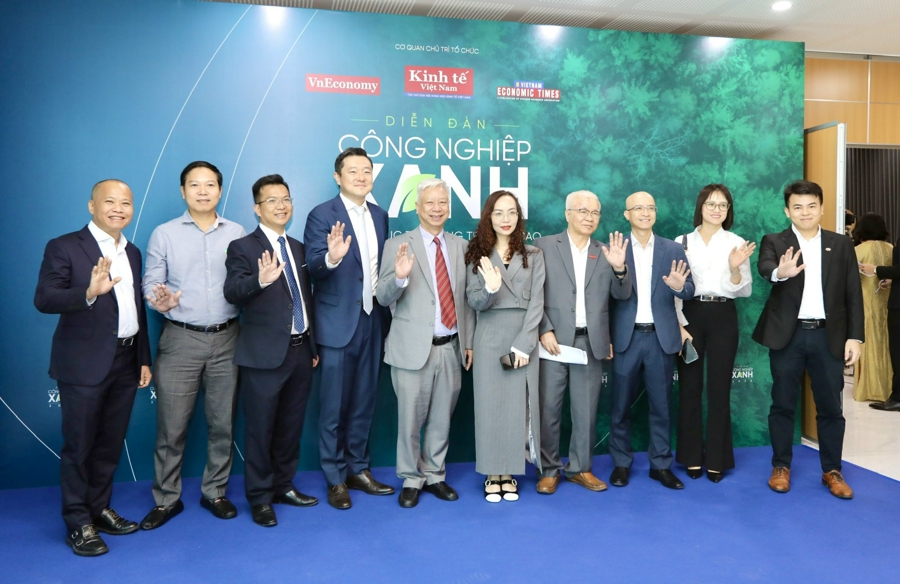
The Unsavable Brown Future of Coal Power: Why CCS (Carbon Capture and Storage) Isn’t the Saviour We Need.
The energy transition is accelerating, and carbon capture and storage (CCS) technology is expected to be the savior for coal-fired power, a significant emitter but one that still plays an essential role. However, after over two decades of development, CCS has yet to prove its effectiveness at scale. With high costs, low efficiency, and slow deployment, can CCS remain competitive against renewable energy sources, or is it a case of too little, too late?
The Japanese Corporation, a Pioneer in Essential Industries, Establishes a Foothold in Vietnam
“As a leading innovator in electromagnetic measurement technology, HIOKI, a Japanese firm, has established a subsidiary in Vietnam, thus partnering with the country in its carbon neutrality goals. “
Mastering the New Productivity, Vietnam Needs Synchronized Solutions
The cornerstone of Vietnam’s economic breakthrough lies in its ability to harness new productive forces and master core technologies. However, the country faces a critical challenge: a shortage of elite workers who possess the skills to drive and innovate new technology.

